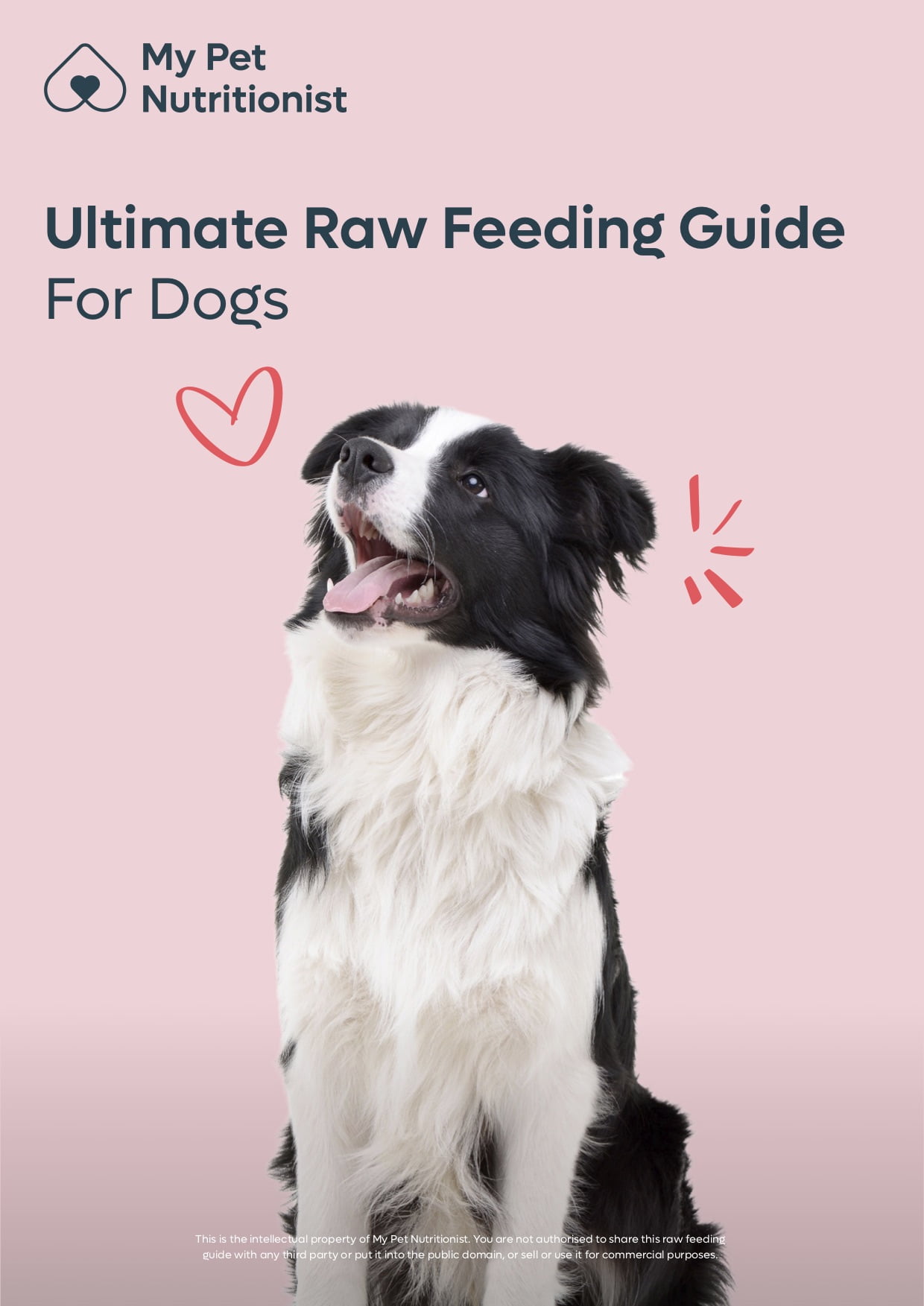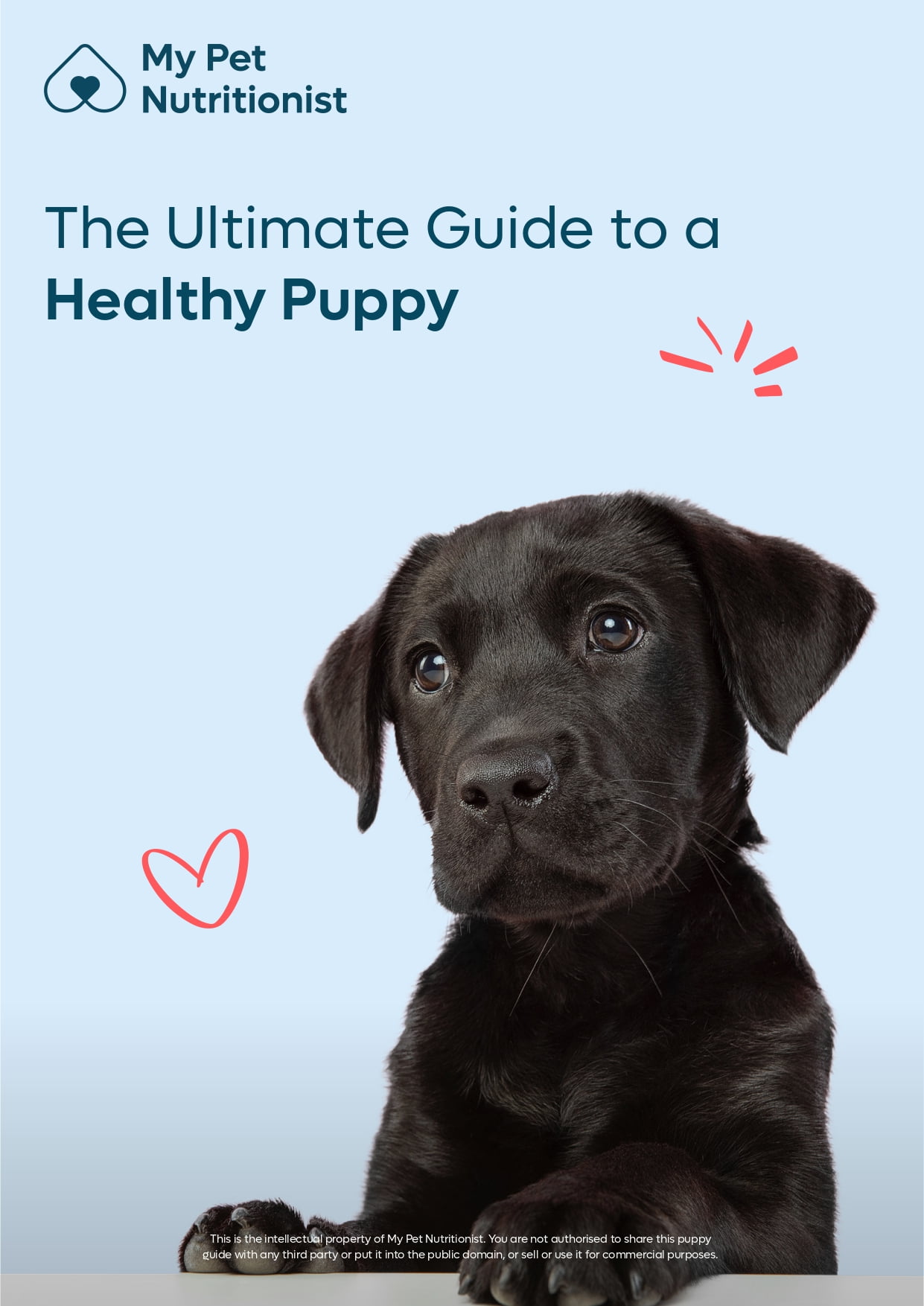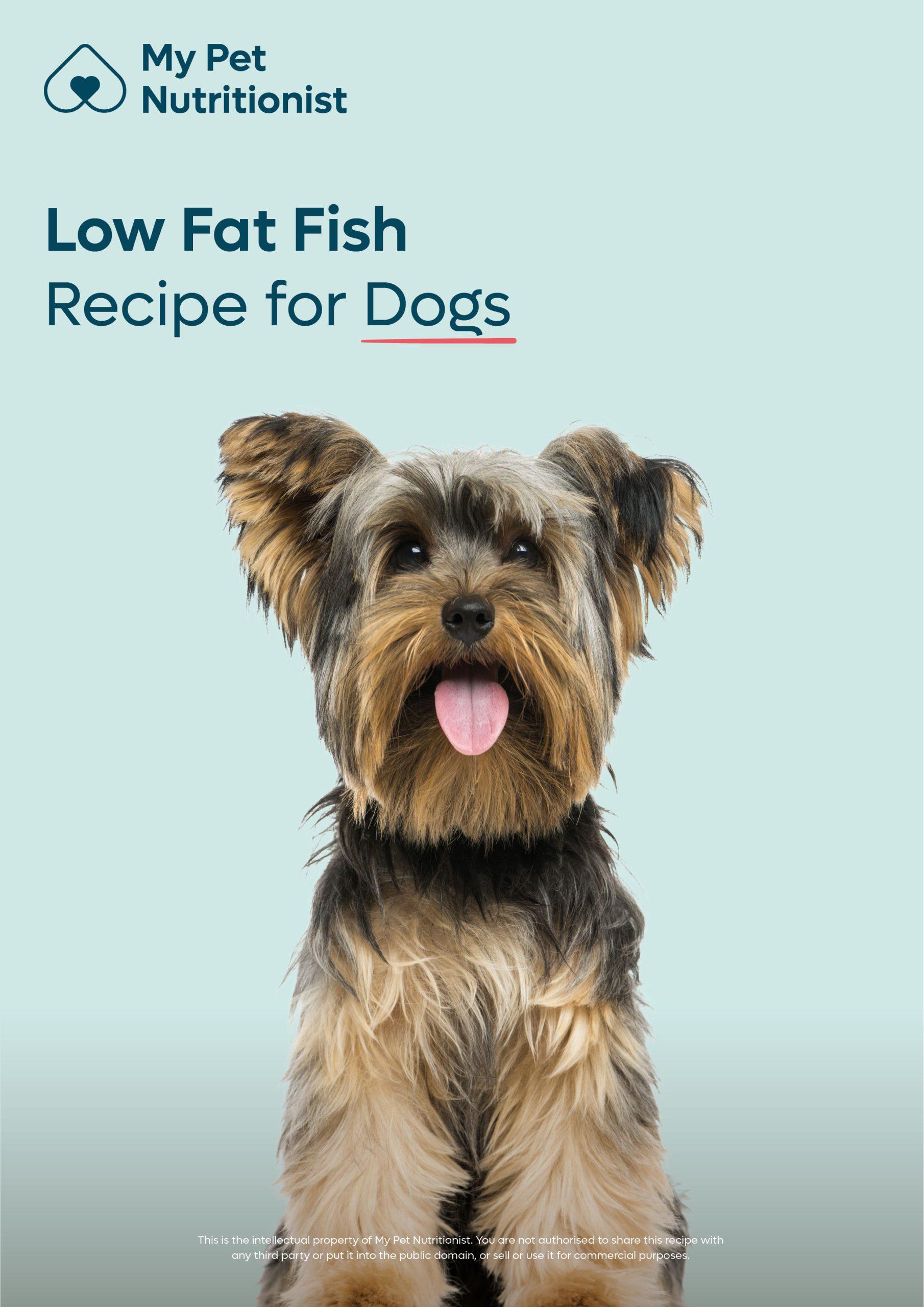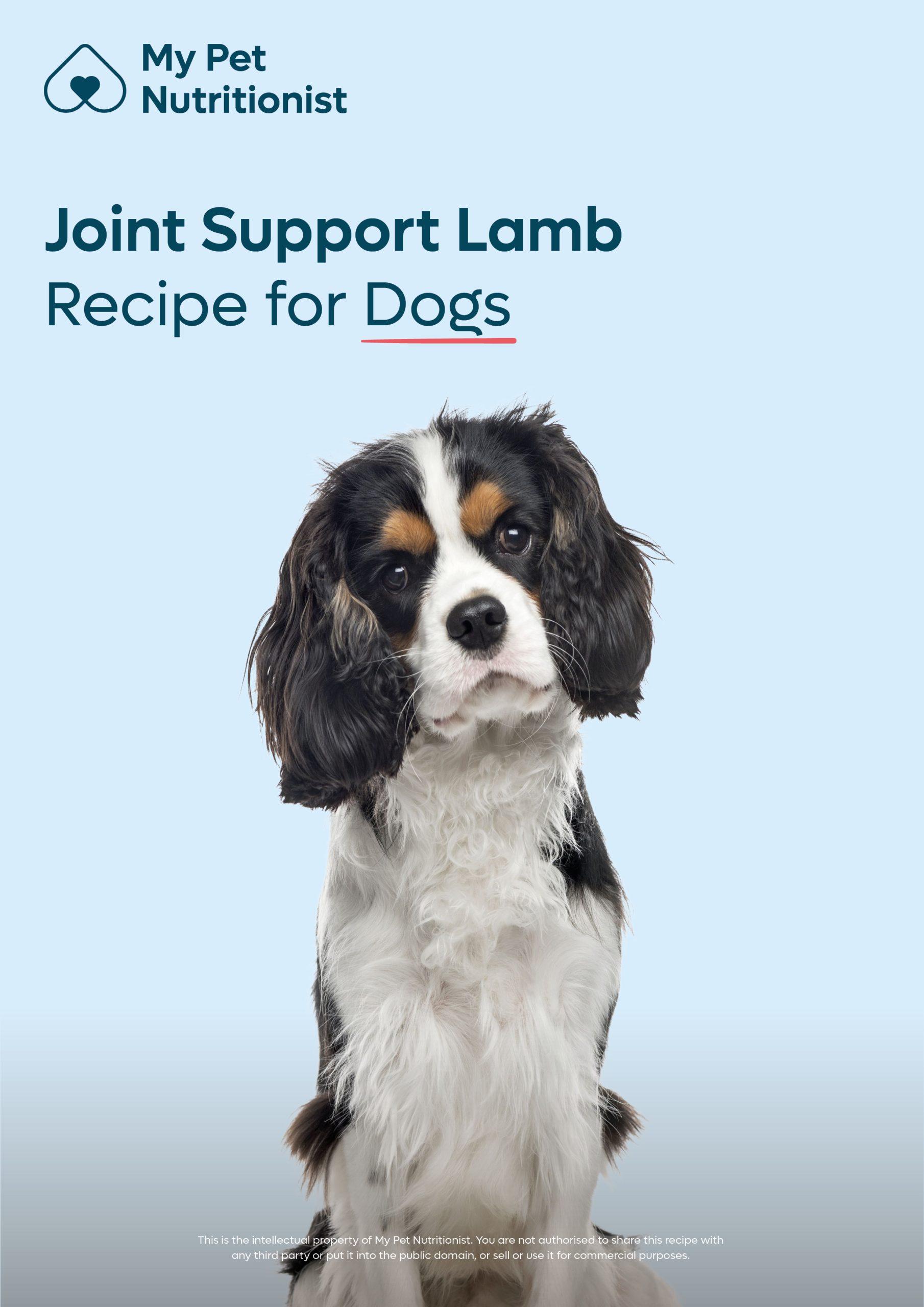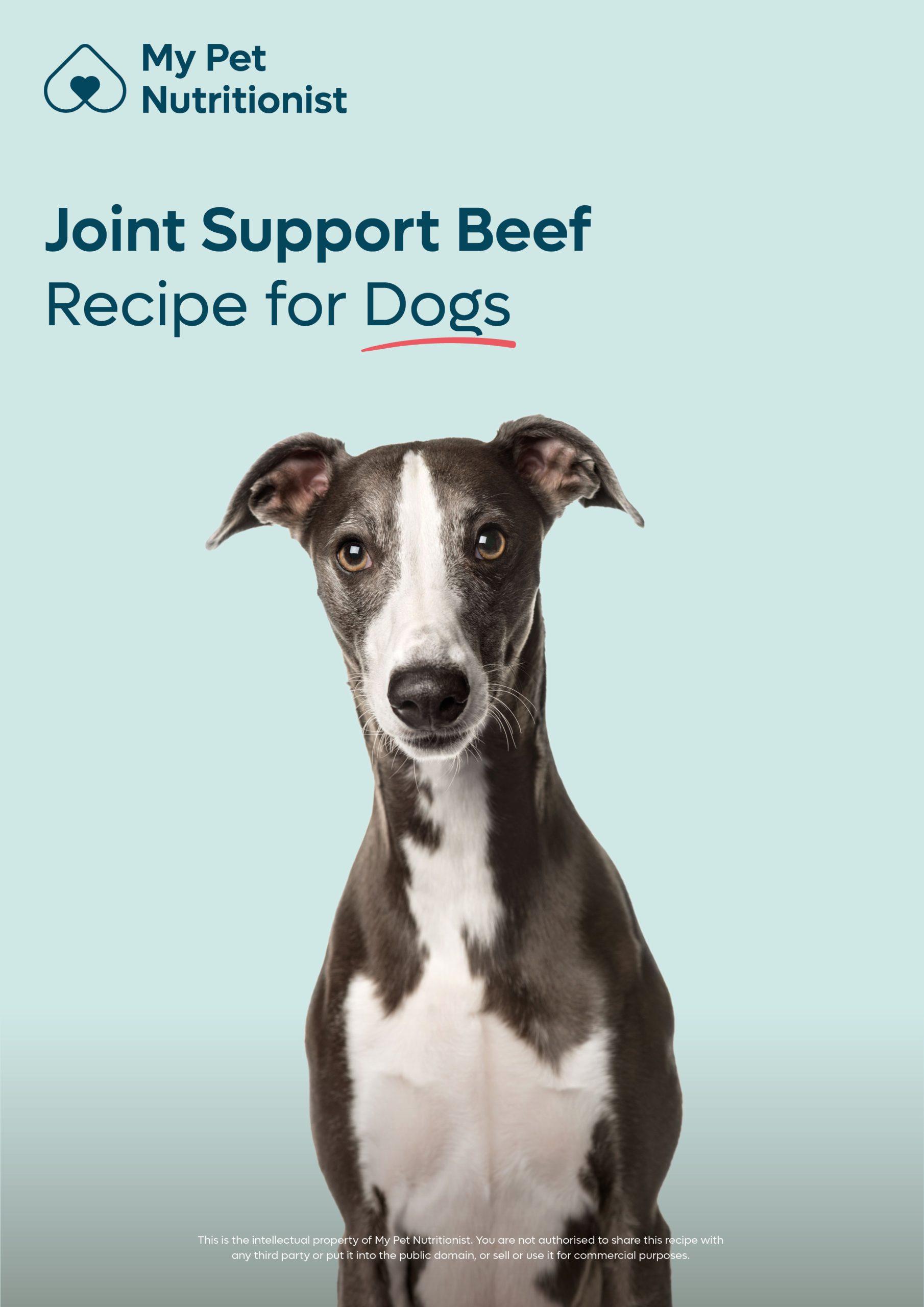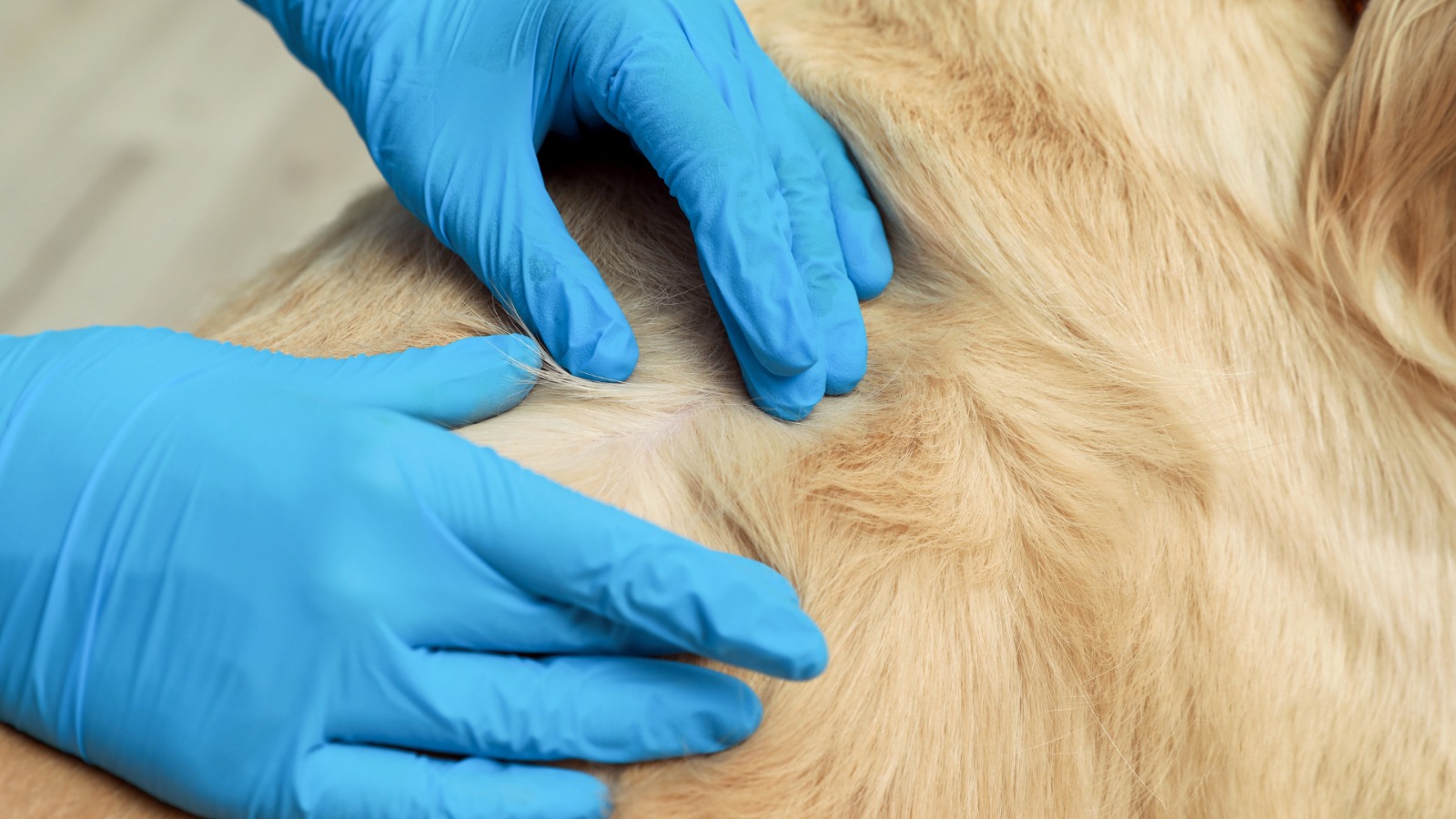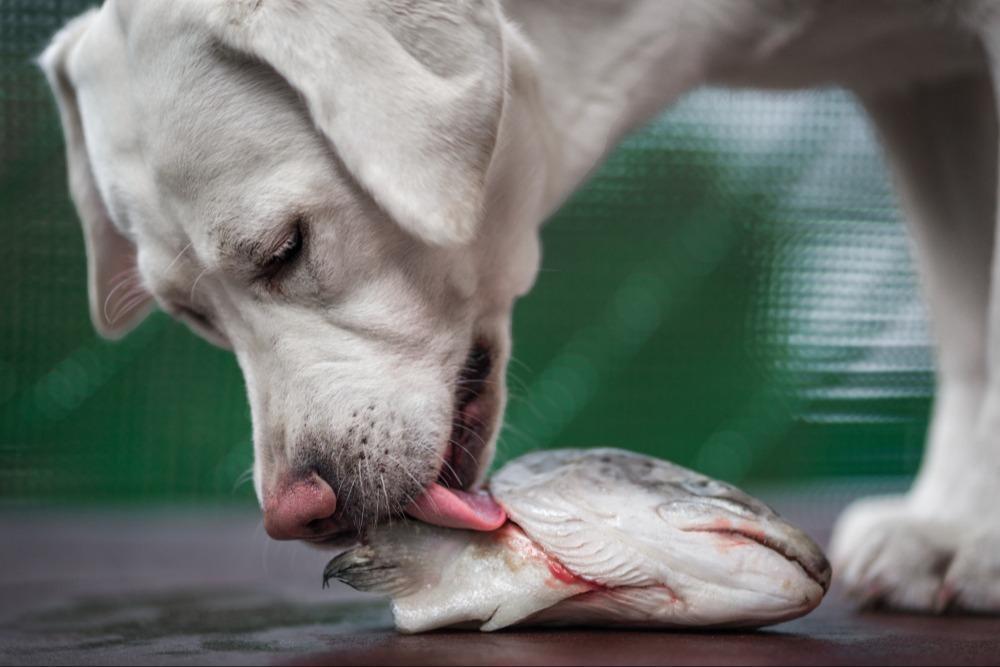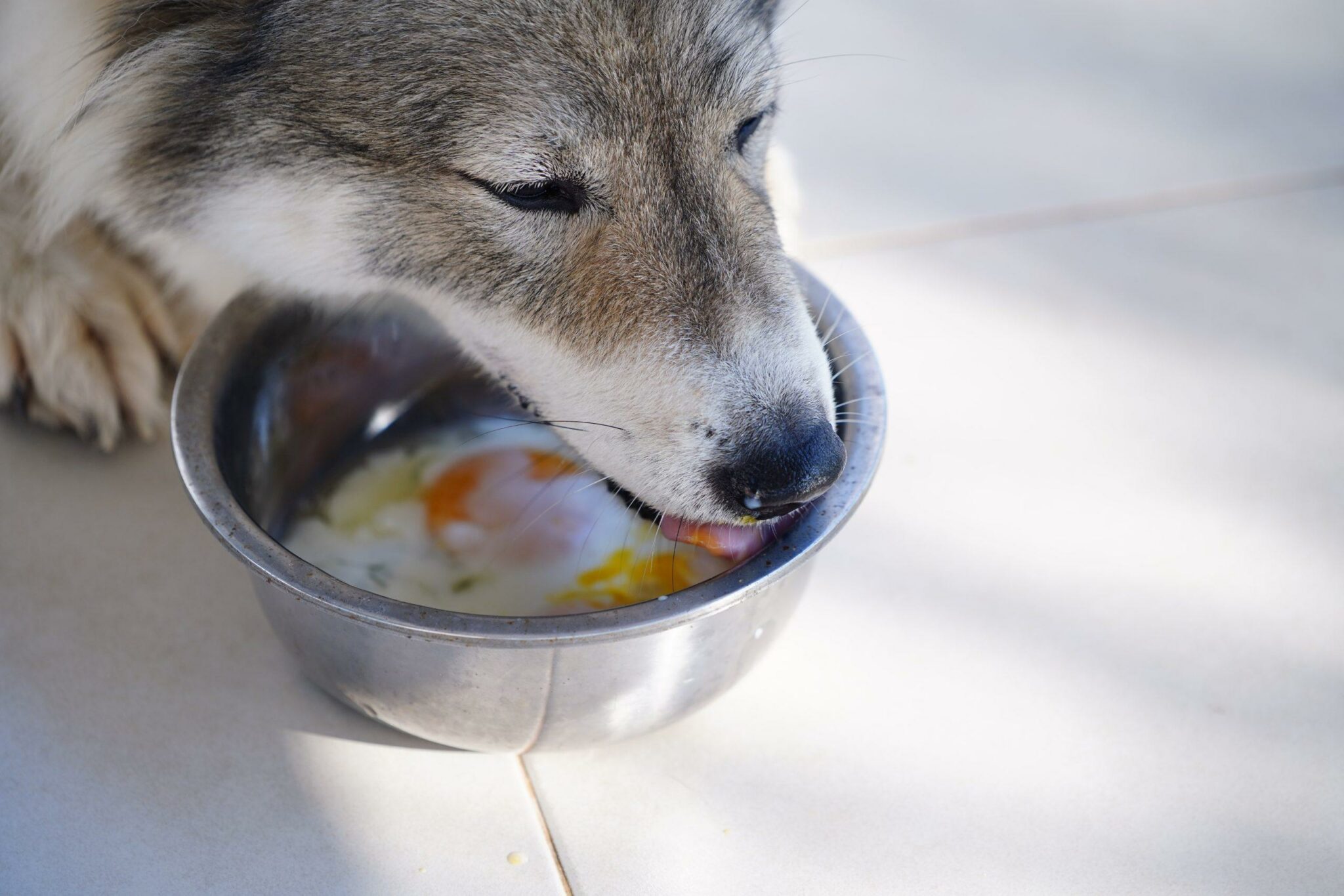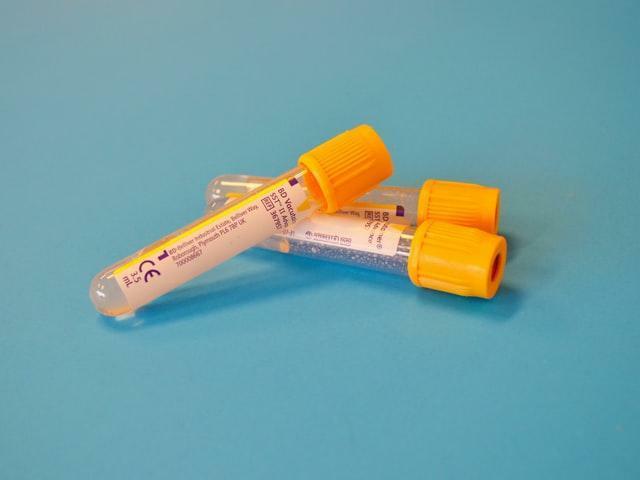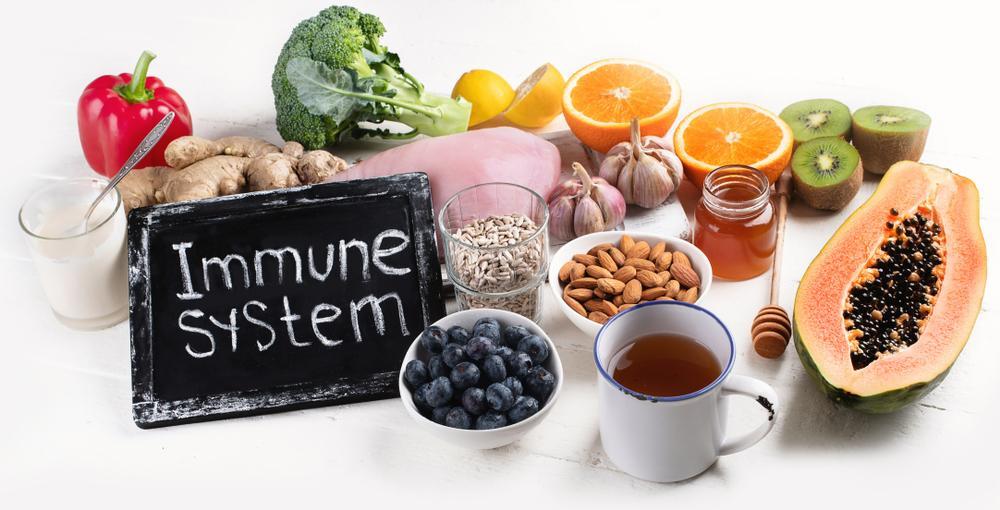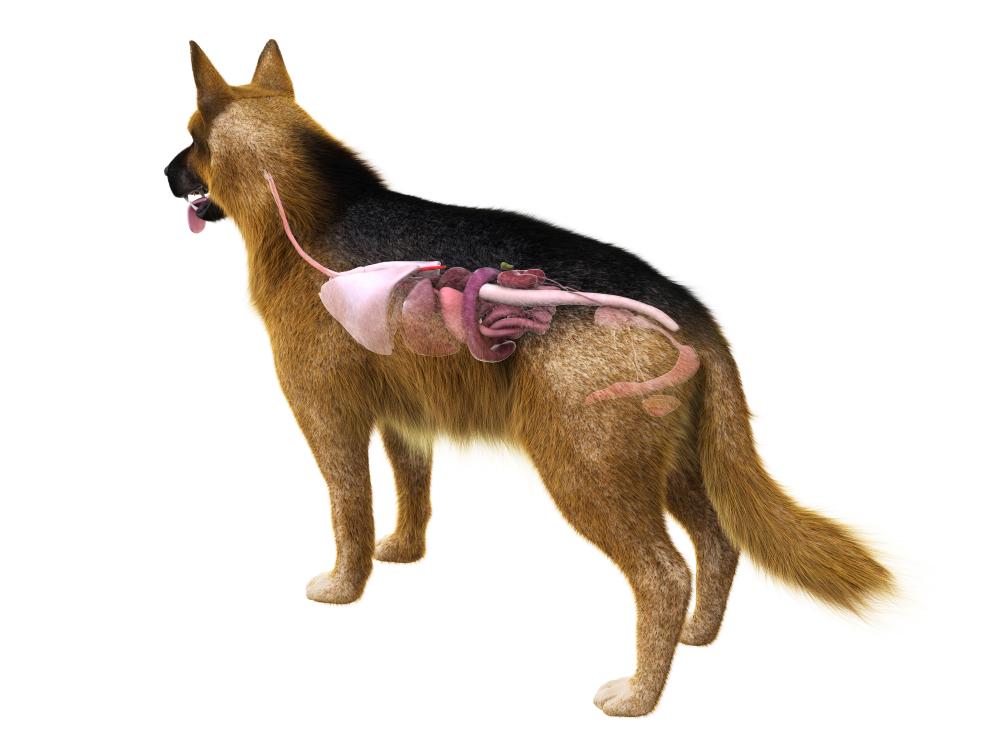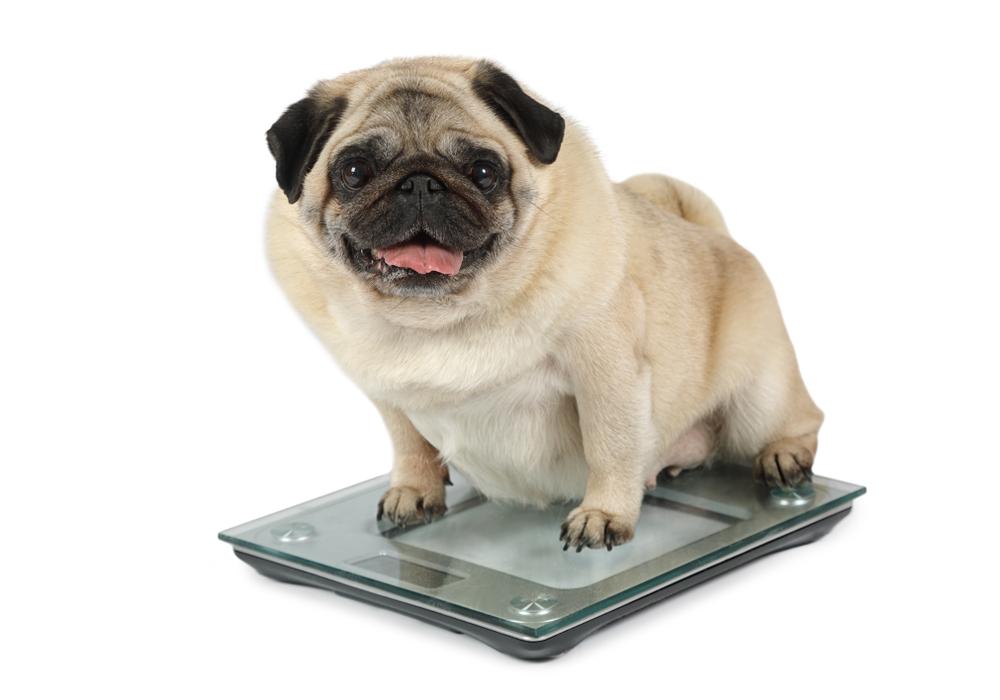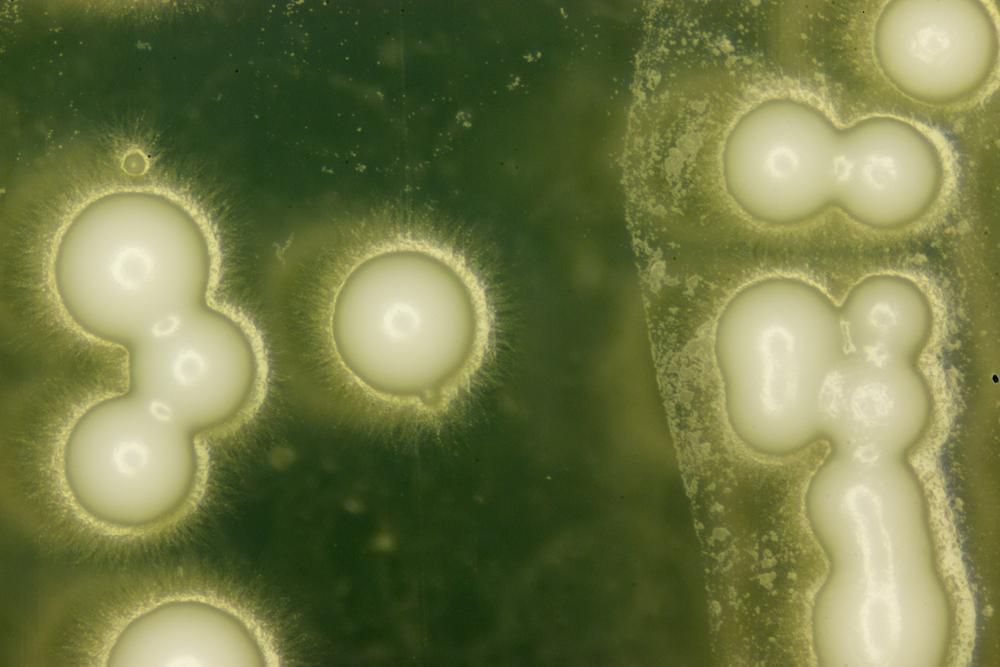-
£19.99

Feeding Fats To Your Dog
- September 19, 2022
- 3 mins
Fats can be a little bit of a minefield, so we thought we’d explore sources of both omega-3 and omega 6 in a little more detail, and how to feed them to your dog.
In dogs, the body has a requirement for two distinct EFA families. The Omega-6 and Omega-3 series.
Omega-6
- Gamma-Linolenic Acid (GLA)
- Linoleic Acid (LA)Arachidonic Acid (AA)
Omega-3
- Alpha-Linolenic Acid (ALA)
- Eicosapentaenoic Acid (EPA)
- Docosahexaenoic Acid (DHA)
Omega-3 fatty acids, ALA (alpha linolenic acid) is often found in certain plants such as flax seed, sacha inchi seed, hemp seeds, chia seeds, avocado flesh only and oysters. Although ALA foods and supplements are not a substitute for fish or algae oil, due to the high Omega-6 content also, they can be an excellent additional supplement to include in the diet and added to certain meat sources.
DHA (docosahexaenoic acid) and EPA (eicosapentaenoic acid) are often found in high levels and good ratios in fish (these have the most anti-inflammatory effect). Found in salmon, tuna, trout,cod, krill, oysters, seabass, mackerel, sardines and anchovies.
Non animal sources containing DHA and EPA are phytoplankton and marine algae oil. Although these are great additions to your dog’s diet, they do not contain as much DHA and EPA as fish.They therefore don’t exert as much of an anti-inflammatory effect.
Let’s explore fat sources in a little more detail.
Fish and Fish Oil
Whole fish is a great addition to your dog’s diet but ensuring you don’t feed fish from the Pacific due to radiation, heavy metals and toxins, is essential.
Feeding small fish such as krill, sardines, anchovies and mackerel are better options. Oils in this form can be found too. Oils must not be kept for longer than 3 months and also should be stored in a safe, cool, refrigerated place. Glass tinted bottles or air tight pumps and capsules are best.
Always look for antioxidant technology or the addition of tocopherol (vitamin E 4-10 iu for 1 gram is good). Quality is key as is storage to prevent rancidity.
Algae Oil
Algae are aquatic, plant-like organisms. Algae is always a great option for dogs allergic to or who don’t like fish.
Algae sources are also DHA dominant as opposed to fish that are EPA dominant.
Phytoplankton
Phytoplankton are microorganisms that drift about in water.
Phytoplankton are photosynthetic (have the ability to use sunlight to produce energy) and whilst they are plant-like with this ability, phytoplankton are not plants. They do however contain DHA and EPA and hold similar values to algae.
Phytoplankton is a good option for those who want a sustainable product, as it can be grown in filtered water, free from heavy metals and toxicity found in the ocean.
Hemp Seeds Milled and Hemp Seed Oil (Non Psychoactive)
The reason hemp seed oil and hemp seeds milled are so popular is because of the perfect ratio it offers of Omega-6 to Omega-3 fatty acids; 3:1.
Hempseed contains the Omega 6 fatty acid called GLA (gamma linolenic acid). Research shows that GLA can support production of various prostaglandins and leukotrienes (the compounds that influence inflammation and pain). Some of the prostaglandins and leukotrienes can increase symptoms, while others decrease them. Taking GLA helps support the favoured prostaglandins and leukotrienes, helping to reduce inflammation and disease associated with inflammation such as skin disorders, reproductive issues, arthritis and cancer.
Recommended approximate amounts of fats to feed your dog
Whole Fish
Feed 28-30 grams of fish per 450 grams of ruminant fed. Feed 112-120 grams for every 450 grams of poultry fed.
Fish Oil
Must be made from sardines, mackerel or anchovies. There will be less toxins and only mostly fed from phytoplankton.
Phytoplankton
Follow instructions on the phytoplankton you purchase as they frequently differ in volume.
Hempseed, Milled
Feed 4-6 tsp per 1kg of food.
Hempseed Oil
Feed up to 1 tsp per 5kg of weight
If you are unsure on which fats or how to feed them to your pet, then check out our services to see how we can help.
Thanks for reading,
MPN Team
Customer Reviews
Explore related products
Related articles

Dietary NeedsGeneral HealthDogs
How To Support Your Dog’s Brain Health
Jun 27 2024
•
11 mins 55 secs

Dietary NeedsGeneral HealthDogs
Pooh Guide for Dogs: What’s Good, and What’s Not
May 16 2024
•
9 mins 15 secs

Dietary NeedsGeneral HealthDogs
The Lowdown on Hypokalaemia in Pets
Mar 28 2024
•
6 mins 30 secs

Dietary NeedsGeneral HealthDogs
All You Need to Know About Exocrine Pancreatic Insufficiency
Feb 22 2024
•
10 mins 20 secs
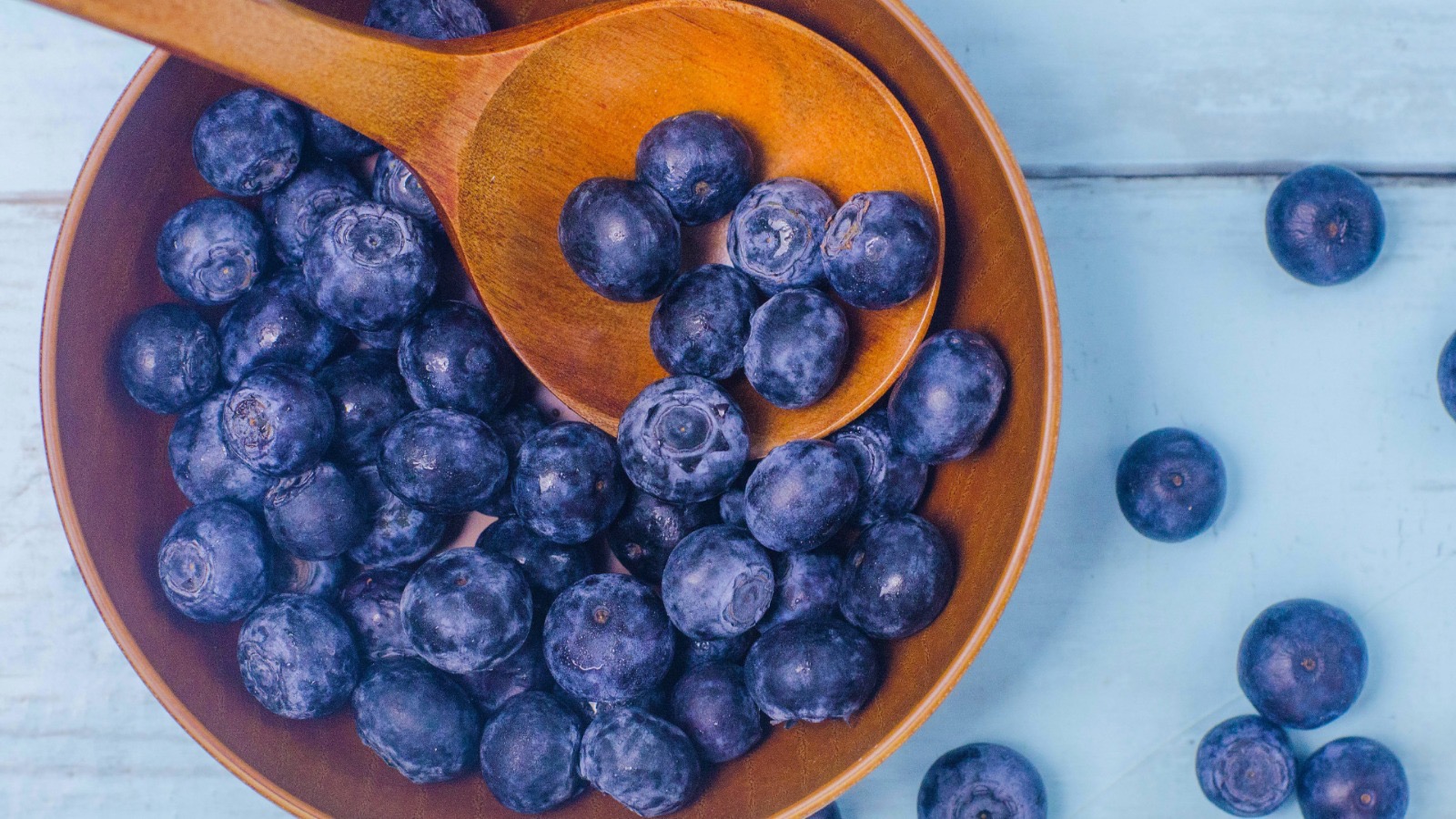
Dietary NeedsGeneral HealthDogs
The Skinny on Blueberries for Dogs
Jan 31 2024
•
7 mins 46 secs

Dietary NeedsGeneral HealthDogs
Should I Feed my Itchy Dog a Cool Protein?
Jan 18 2024
•
4 mins 40 secs

Dietary NeedsGeneral HealthDogs
The Low Down on Spondylosis in Dogs
Dec 14 2023
•
12 mins 40 secs
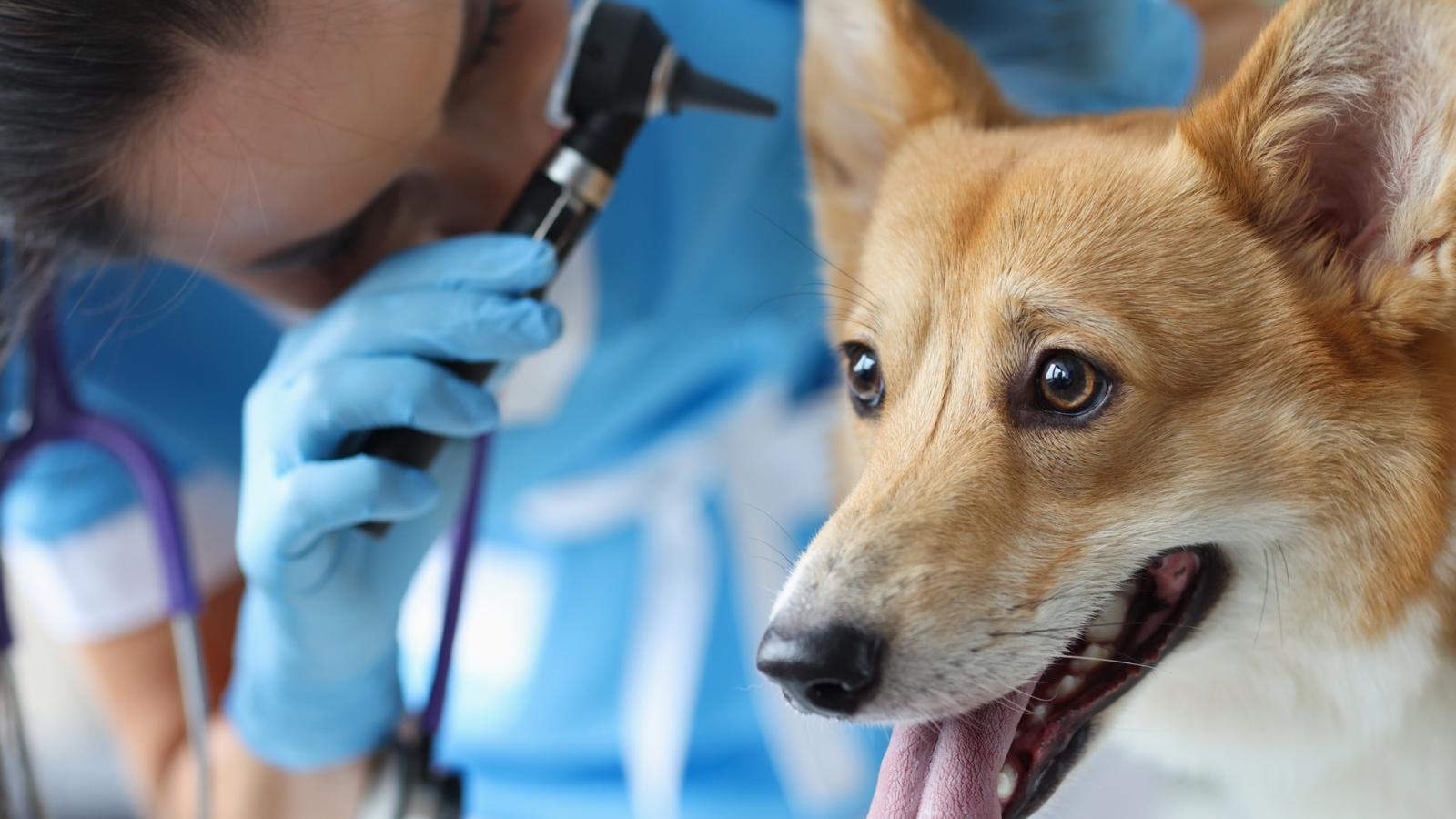
Dietary NeedsGeneral HealthDogs
The Ultimate Guide to Graves Disease in Pets
Nov 30 2023
•
11 mins

Dietary NeedsGeneral HealthDogs
Can Stress Cause My Pet’s Disease?
Nov 23 2023
•
10 mins 30 secs

Dietary NeedsGeneral HealthDogs
7 Reasons Why My Dog is Biting his Paws
Sep 06 2023
•
7 mins 40 secs

Dietary NeedsGeneral HealthDogs
Should I Feed Vegetables to my Pet?
Aug 10 2023
•
5 mins 30 secs

Dietary NeedsGeneral HealthDogs
Is My Dog a Carnivore or an Omnivore?
Aug 03 2023
•
8 mins 30 secs

Dietary NeedsGeneral HealthDogs
What Should I Feed My Dog with Acid Reflux?
Jul 26 2023
•
4 mins 15 secs

Dietary NeedsGeneral HealthDogs
Hormones, and Their Role in the Body
Apr 20 2023
•
7 mins 12 secs

Dietary NeedsGeneral HealthDogs
5 Benefits of Vitamin C for Your Dog
Mar 18 2023
•
4 mins 42 secs

Dietary NeedsGeneral HealthDogs
Why Does My Dog Urinate So Much?
Dec 08 2022
•
5 mins 30 secs

Dietary NeedsGeneral HealthDogs
Why Does My Dog Drink So Much Water?
Nov 29 2022
•
5 mins 30 secs

Dietary NeedsGeneral HealthDogs
Top 10 Tips to Reduce Anxiety During Fireworks Season
Nov 04 2022
•
4 mins

Dietary NeedsGeneral HealthDogs
5 Things To Include In The Senior Dog’s Bowl
Sep 05 2022
•
4 mins 30 secs

Dietary NeedsGeneral HealthDogs
Things To Think About: Skin Health in Dogs
Aug 01 2022
•
7 mins 30 secs
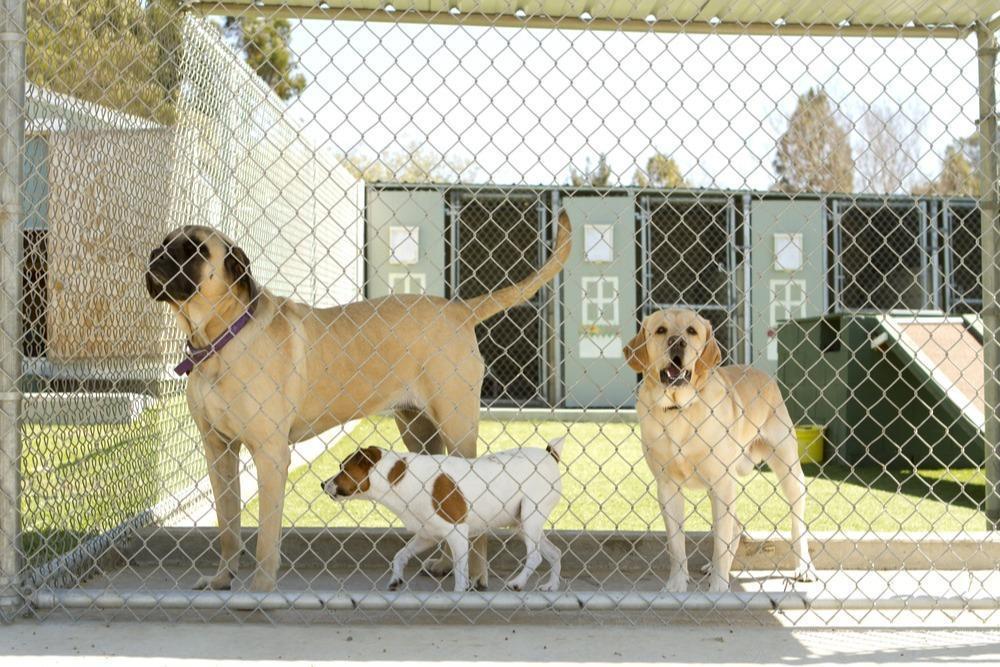
Dietary NeedsGeneral HealthDogs
Should I Vaccinate My Dog Against Kennel Cough?
Jul 11 2022
•
4 mins 59 secs

Dietary NeedsGeneral HealthDogs
Natural Remedies For Kennel Cough in Dogs
Jul 11 2022
•
4 mins 42 secs

Dietary NeedsGeneral HealthDogs
Nutrients for Skin Health in Dogs
Jul 04 2022
•
3 mins 29 secs

Dietary NeedsGeneral HealthDogs
The Top Five Water Hazards For Dogs
Jun 27 2022
•
3 mins 13 secs

Dietary NeedsGeneral HealthDogs
Should I Feed My Dog, Chicken and Rice?
Jun 27 2022
•
5 mins 37 secs

Dietary NeedsGeneral HealthDogs
4 Times You Don’t Want To Feed Veg To Your Dog
Jun 21 2022
•
3 mins 58 secs

Dietary NeedsGeneral HealthDogs
How To Support My Dog’s Liver Shunt
Jun 20 2022
•
4 mins 46 secs

Dietary NeedsGeneral HealthDogs
Could My Dog’s Coat Type Contribute to Skin Issues?
Jun 16 2022
•
7 mins

Dietary NeedsGeneral HealthDogs
Help! My Dog’s Ears Are Itchy!
Jun 14 2022
•
3 mins 38 secs

Dietary NeedsGeneral HealthDogs
The Neuroscience of Pain In Pets
Jun 07 2022
•
5 mins 32 secs

Dietary NeedsGeneral HealthDogs
3 Tips to Support Your Pet’s Urinary Health
May 26 2022
•
4 mins 46 secs

Dietary NeedsGeneral HealthDogs
What Does the Microbiome Have to Do With My Dog’s Bladder Stones?
May 24 2022
•
6 mins 39 secs

Dietary NeedsGeneral HealthDogs
Does the Breed of My Dog Influence their Test Results?
May 19 2022
•
2 mins 56 secs

Dietary NeedsGeneral HealthDogs
The Nutritional Needs of the Senior Dog
May 12 2022
•
5 mins 26 sec
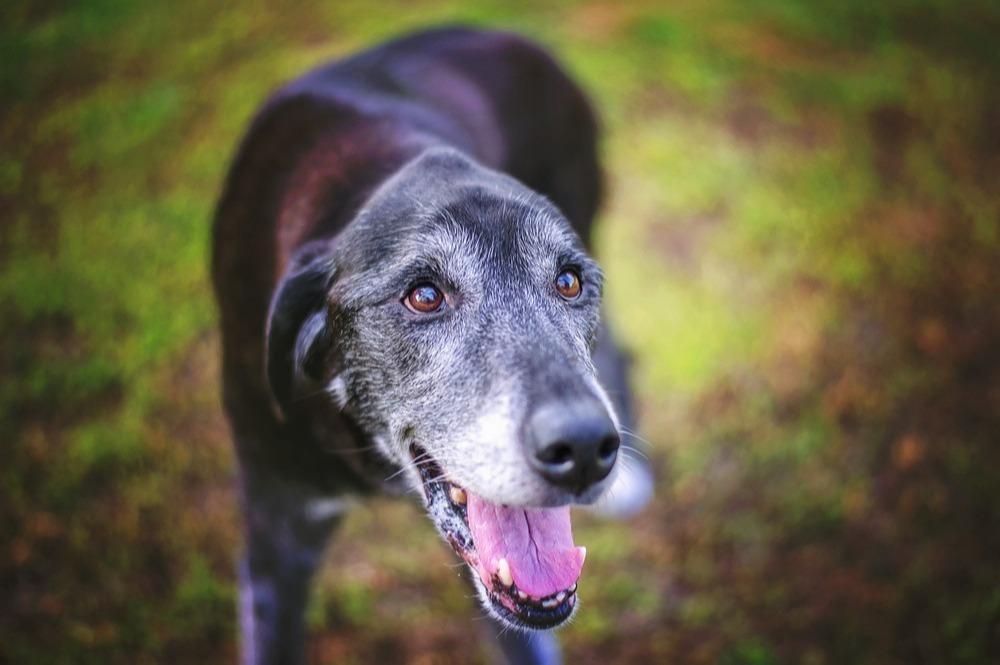
Dietary NeedsGeneral HealthDogs
Supporting The Senior Dog’s Cognitive Function
May 05 2022
•
5 mins 58 secs
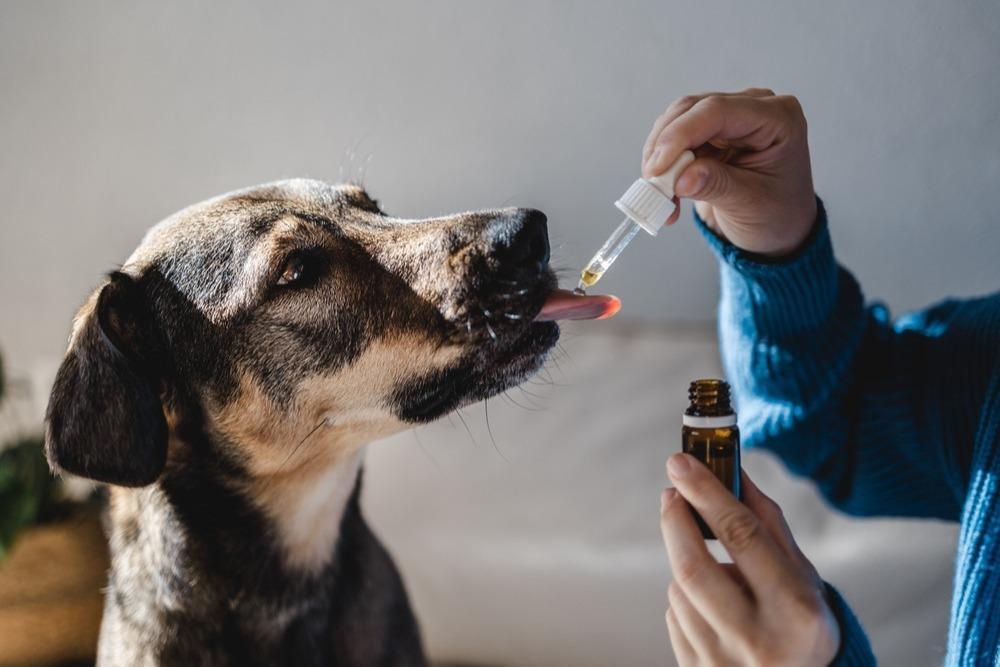
Dietary NeedsGeneral HealthDogs
Do Herbs Have a Place in Canine Osteoarthritis?
May 03 2022
•
4 mins 35 secs

Dietary NeedsGeneral HealthDogs
5 Tips to Support Your Seasonally Itchy Dog
Apr 26 2022
•
4 mins 50 secs

Dietary NeedsGeneral HealthDogs
Using Nutrition to Support The Stressed Dog
Apr 13 2022
•
8 mins 11 secs

Dietary NeedsGeneral HealthDogs
4 Nutrients For The Fussy Eating Dog
Apr 11 2022
•
3 mins 58 secs
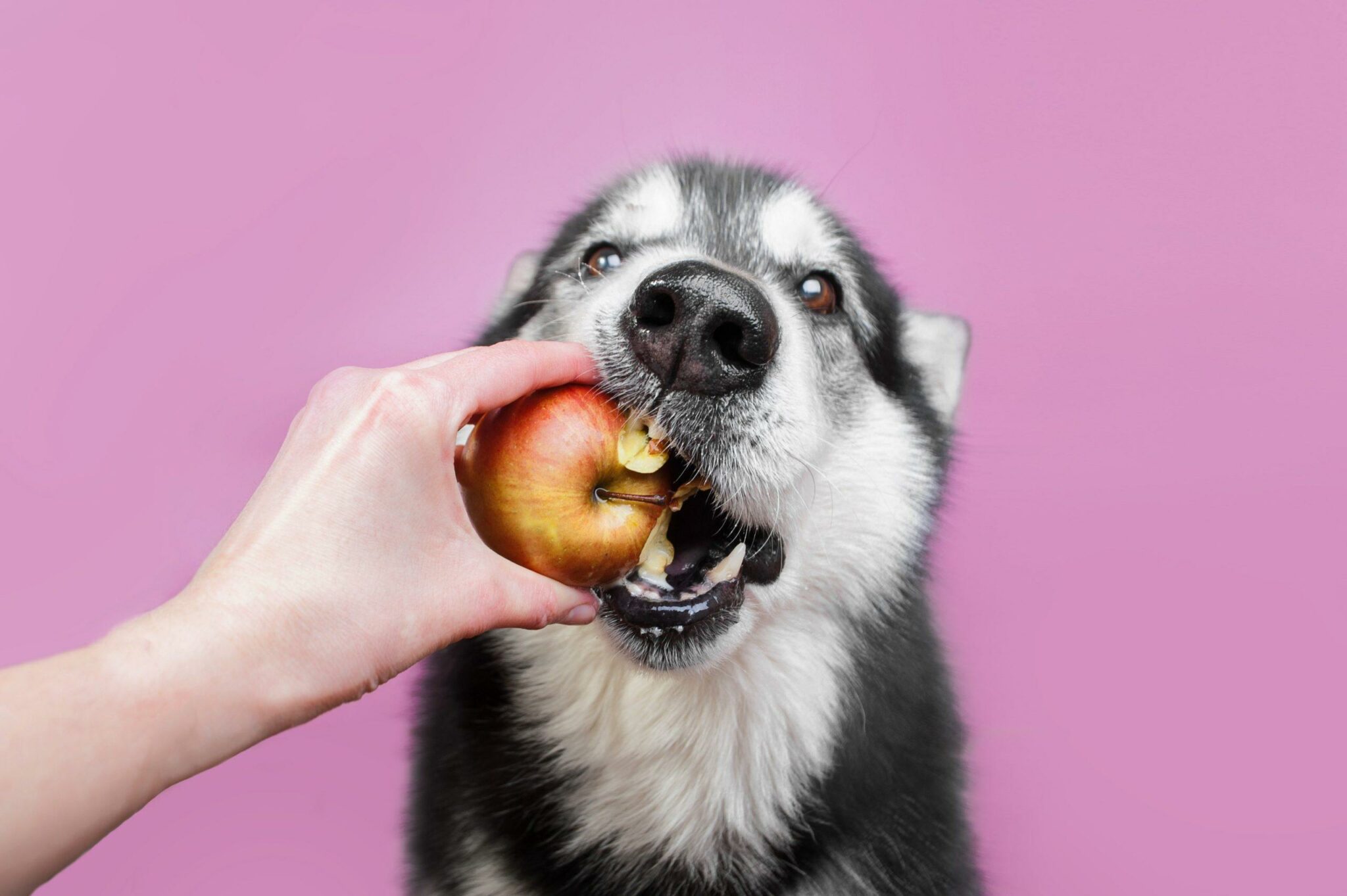
Dietary NeedsGeneral HealthDogs
7 Foods That Add Fibre To Your Dog’s Diet
Mar 21 2022
•
5 mins 2 secs
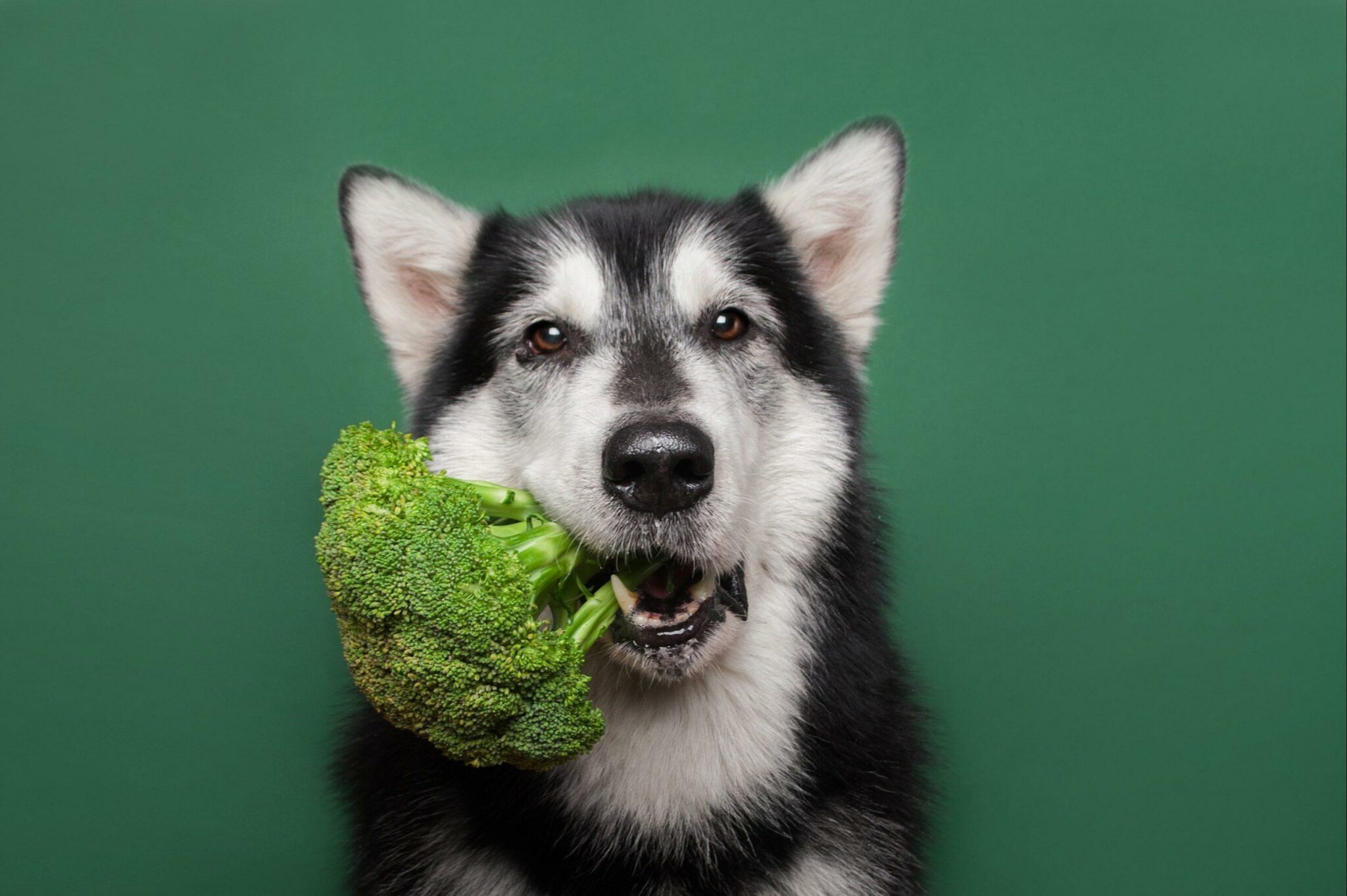
Dietary NeedsGeneral HealthDogs
What Are Phytochemicals and Does My Dog Need Them?
Mar 14 2022
•
4 mins 46 secs

Dietary NeedsGeneral HealthDogs
Nutrition for the Recovering Dog
Mar 14 2022
•
5 mins 18 secs

Dietary NeedsGeneral HealthDogs
What is Addison’s Disease in Dogs?
Mar 07 2022
•
2 mins 40 secs

Dietary NeedsGeneral HealthDogs
Does My Dog Have A Gut-Skin Axis?
Feb 14 2022
•
4 mins 48 secs

Dietary NeedsGeneral HealthDogs
5 Wonderful Herbs for Dog Joint Care
Feb 07 2022
•
5 mins 3 secs

Dietary NeedsGeneral HealthDogs
Why Does My Dog Need Vitamins? Part Two – The Water-Soluble Vitamins
Jan 24 2022
•
6 mins 42 secs

Dietary NeedsGeneral HealthDogs
Why Does My Dog Need Vitamins? Part One – The Fat-Soluble Vitamins
Jan 24 2022
•
5 mins 51 secs

Dietary NeedsGeneral HealthDogs
4 Superfoods for Liver Health in Dogs
Jan 19 2022
•
4 mins 15 secs

Christmas Calm: Our Top Nutritional Tips to Support Your Canine
Dec 22 2021
•
2 mins 43 secs

Dietary NeedsGeneral HealthDogs
Feeding Bones: A Mini Guide To Bones
Dec 07 2021
•
5 mins 56 secs
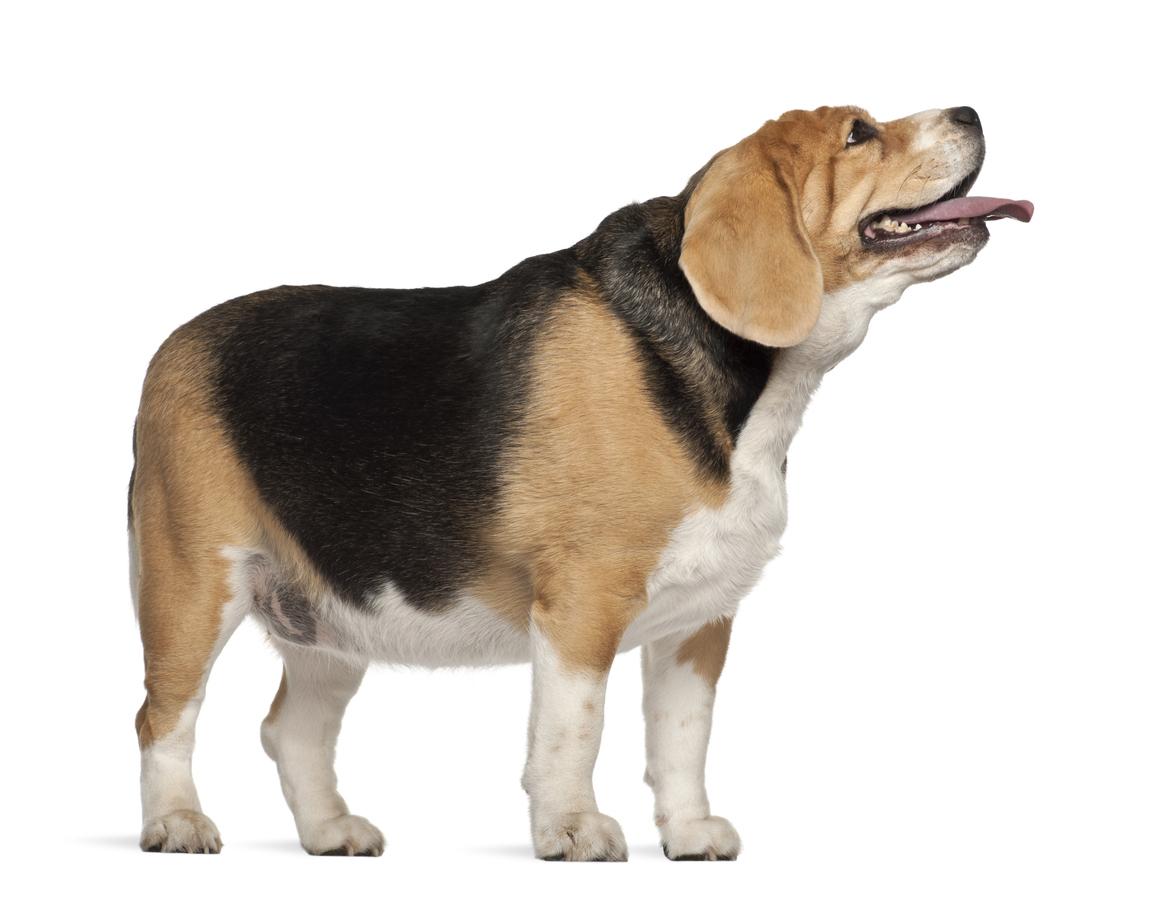
Dietary NeedsGeneral HealthDogs
Top Tips to Help Your Dog Lose Weight
Sep 16 2021
•
5 min read
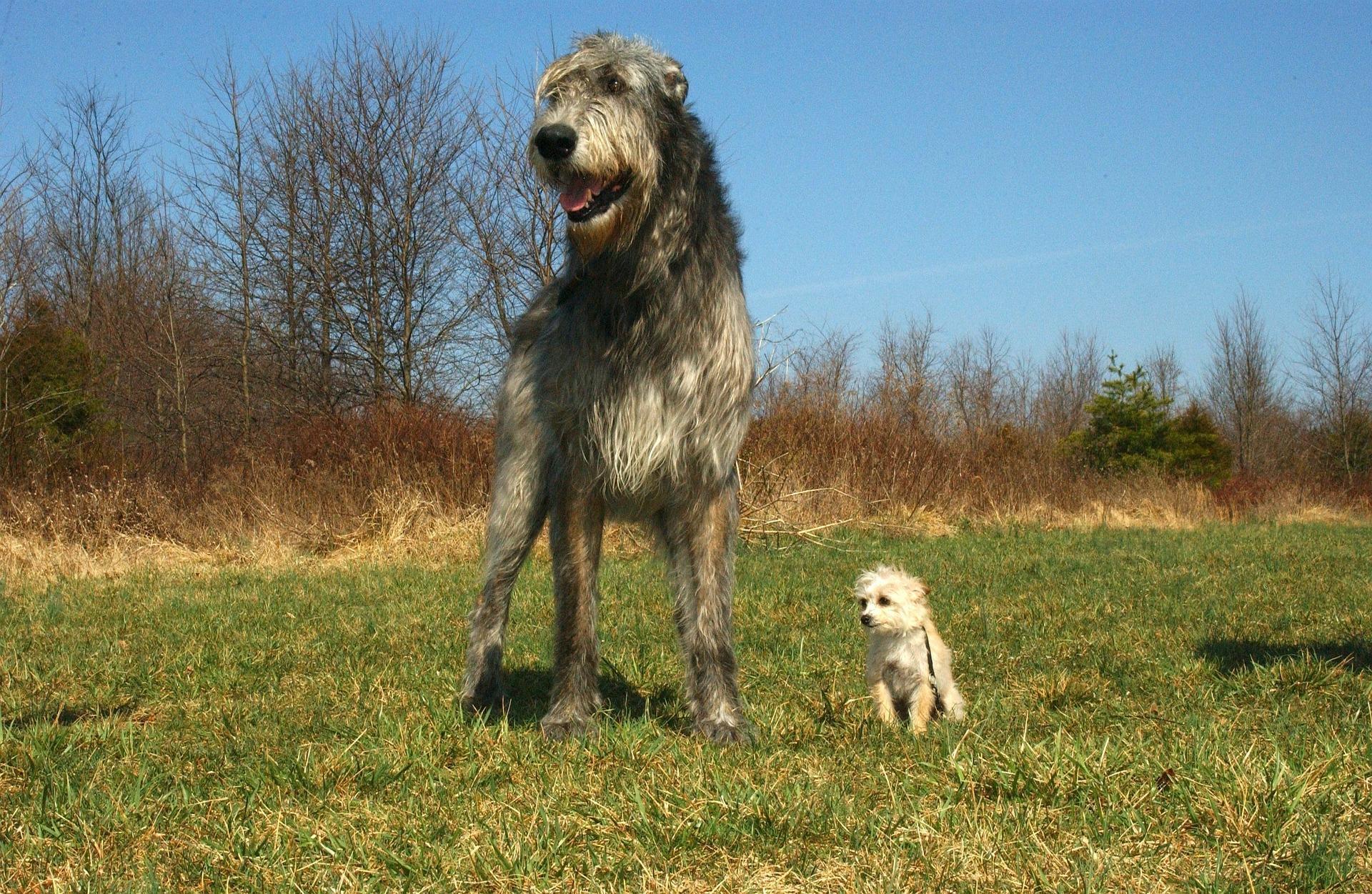
Dietary NeedsGeneral HealthDogs
The Lowdown on Liver Shunts in Dogs
Jun 28 2021
•
6 min read

Dietary NeedsGeneral HealthDogs
The Importance of Nature for Human and Dog Health
May 12 2021
•
5 min read

Dietary NeedsGeneral HealthDogs
How Food Affects Your Dog’s Behaviour
Apr 22 2021
•
10 min read

Dietary NeedsGeneral HealthDogs
Dogs in pain – what is it and how to look for it?
Jan 28 2021
•
8 min read

Dietary NeedsGeneral HealthDogs
Fresh Food to Add to Your Dog’s Bowl
Jan 26 2021
•
6 min read

Dietary NeedsGeneral HealthDogs
How Much Sleep Should My Dog Get?
Dec 15 2020
•
12 min read
✕






